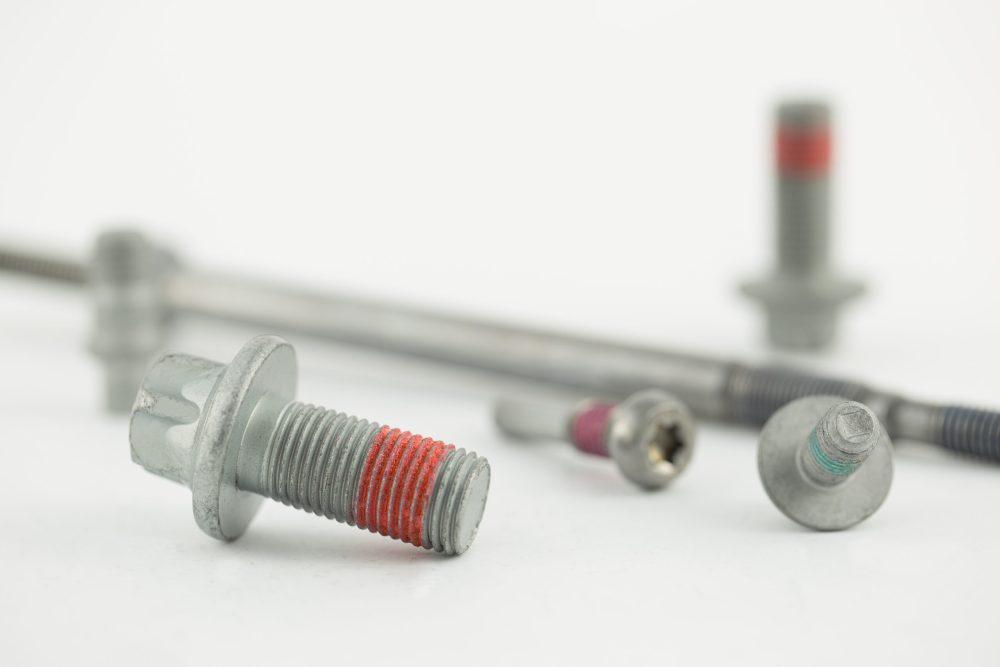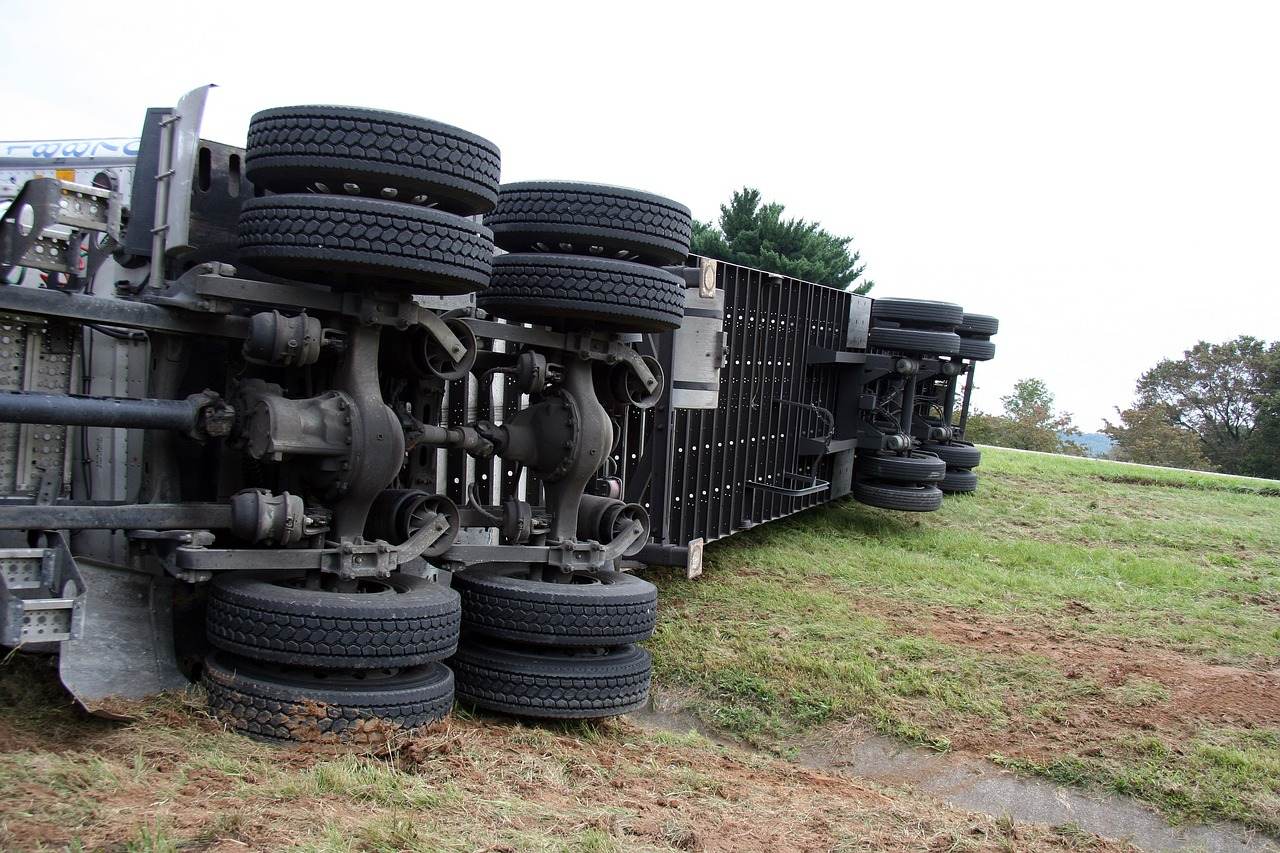Car fuses are responsible for protecting the electrical components in your vehicle from being exposed to high voltage events. If your headlights, turn signals, or interior lights are not working properly, you may have one or more blown fuses. Understanding when and how to replace your car fuses can save you time and money at the car shop.
Table of Contents
When To Replace Your Car Fuses
You only need to replace the fuses in your vehicle when they have blown. There are two main causes for a blown fuse: overloading fuse capacity and a short circuit. When overload occurs, the metal ribbon inside the fuse can melt. A short circuit occurs when loose wires or damaged wires touch neutral wires.
There are several ways you can determine if you have a blown fuse in your car.
Using a Test Light
When applying a test light to your car fuses, both ends should illuminate. If one end or neither ends illuminate, then you have a blown fuse.
Using a Multimeter
Place the multimeter probes on opposite sides of your car fuse, with the black probe on the negative side. If the multimeter reads zero or negative, then you have a blown fuse.
Using Visual Inspection
When you inspect a car fuse, the inside should have a continuous coil or line running through it. When you inspect a blown fuse, the inside will look cloudy and the line will appear broken. A broken coil does not allow an electric current to flow through your fuse.
If you find that you are constantly replacing blown fuses, you may need to take your vehicle to the dealership or a mechanic for a thorough inspection and diagnosis.
How To Fix Your Car Fuses
Follow these easy steps to fix and replace blown or defective fuses.
1. Locate Your Fuse Panel
The vehicle’s manual will let you know the location of your fuse panel and the corresponding connections between the fuses and electrical components in your car. If you do not have your manual, you can also contact the dealership for the fuse panel diagram of your car.
2. Determine the Type and Amperage Limit
When you replace your fuse, you must use a fuse with the same amperage rating. The owner’s manual typically details the type and necessary amperage rating for your car fuses. Remove the blown fuse and gently slide in the new fuse.
3. Check the Circuit
After replacing the blown fuse, turn on your vehicle and test the electrical component that was not working. If that component is now functional, you have successfully replaced your fuse.
Where To Buy Your Fuses
In addition to spare car fuses, batteries and bulbs are useful to have on hand in your garage. At ROGO, we offer quality kits that contain fuses, batteries, and bulbs to help you fix electrical mishaps in your car. Whether your vehicle uses mini blade fuses, ceramic fuses, or standard ATC blade fuses, we got you covered.
Also read – Understanding Power Outages




